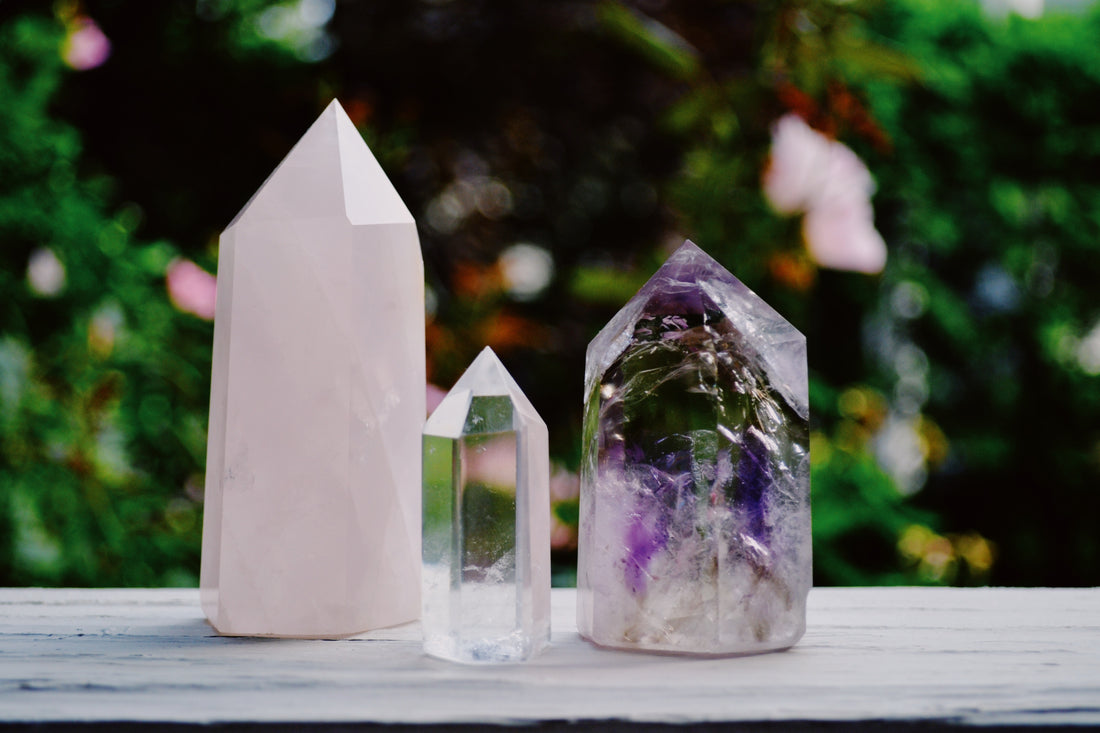Introduction
Crystals are among the most captivating natural wonders on Earth, renowned for their striking beauty and intricate structures. They can be found in various forms and sizes, from tiny salt crystals to massive geodes. But have you ever wondered how these remarkable structures are formed? In this article, we will explore the fascinating process of crystal formation.
What Are Crystals?
Before delving into the formation process, let's briefly understand what crystals are. A crystal is a solid material with a highly ordered, repeating atomic or molecular structure. This internal arrangement gives crystals their unique geometric shapes and optical properties. Common examples of crystals include quartz, salt, diamond, and snowflakes.
Factors Influencing Crystal Formation
Several factors play a crucial role in the formation of crystals. These include temperature, pressure, the concentration of the solute, and the presence of impurities.
Temperature: Temperature is a critical factor in crystal formation. Crystals typically form when a liquid or gas cools down and its particles slow down, allowing them to arrange themselves into an ordered, repeating pattern.
Pressure: In some cases, pressure can influence crystal formation. High-pressure environments can lead to the formation of different crystal structures than those that develop under normal atmospheric conditions.
Concentration: The concentration of solute in a solution is vital for crystal formation. When a solution becomes saturated, meaning it can no longer hold all of the dissolved solute, excess solute molecules start to come together to form crystals.
Impurities: Impurities in a solution can affect the formation process. They can either inhibit or enhance crystal growth, depending on their nature and concentration.
Types of Crystal Formation
There are several ways in which crystals can form:
Precipitation: This is the most common method of crystal formation. When a solvent becomes saturated with a solute, the solute particles come together and precipitate out of the solution, forming crystals. For example, when you make rock candy by dissolving sugar in water, the sugar molecules precipitate to form sugar crystals as the water evaporates.
Cooling: As mentioned earlier, cooling a liquid can lead to crystal formation. This process is observed when snowflakes form from water vapor in the atmosphere. The vapor cools and freezes into ice crystals with distinct hexagonal shapes.
Evaporation: When a solvent containing dissolved solute is left to evaporate, the concentration of the solute increases. Eventually, the solution becomes saturated, and crystals start to form. This is how salt flats, like the ones in the desert, are created.
Sublimation: Some substances can transition directly from a gaseous state to a solid state without passing through the liquid phase. This process is called sublimation. An example is the formation of frost on a cold surface as water vapor in the air directly turns into ice crystals.
Conclusion
The formation of crystals is a captivating and diverse natural phenomenon, influenced by various factors, including temperature, pressure, concentration, and the presence of impurities. Whether through precipitation, cooling, evaporation, or sublimation, crystals can be found throughout the natural world, each with its unique beauty and characteristics. Studying the formation of crystals not only deepens our understanding of the natural world but also has practical applications in various scientific and industrial fields. The next time you come across a beautiful crystal, you can appreciate the intricate processes that led to its formation.
